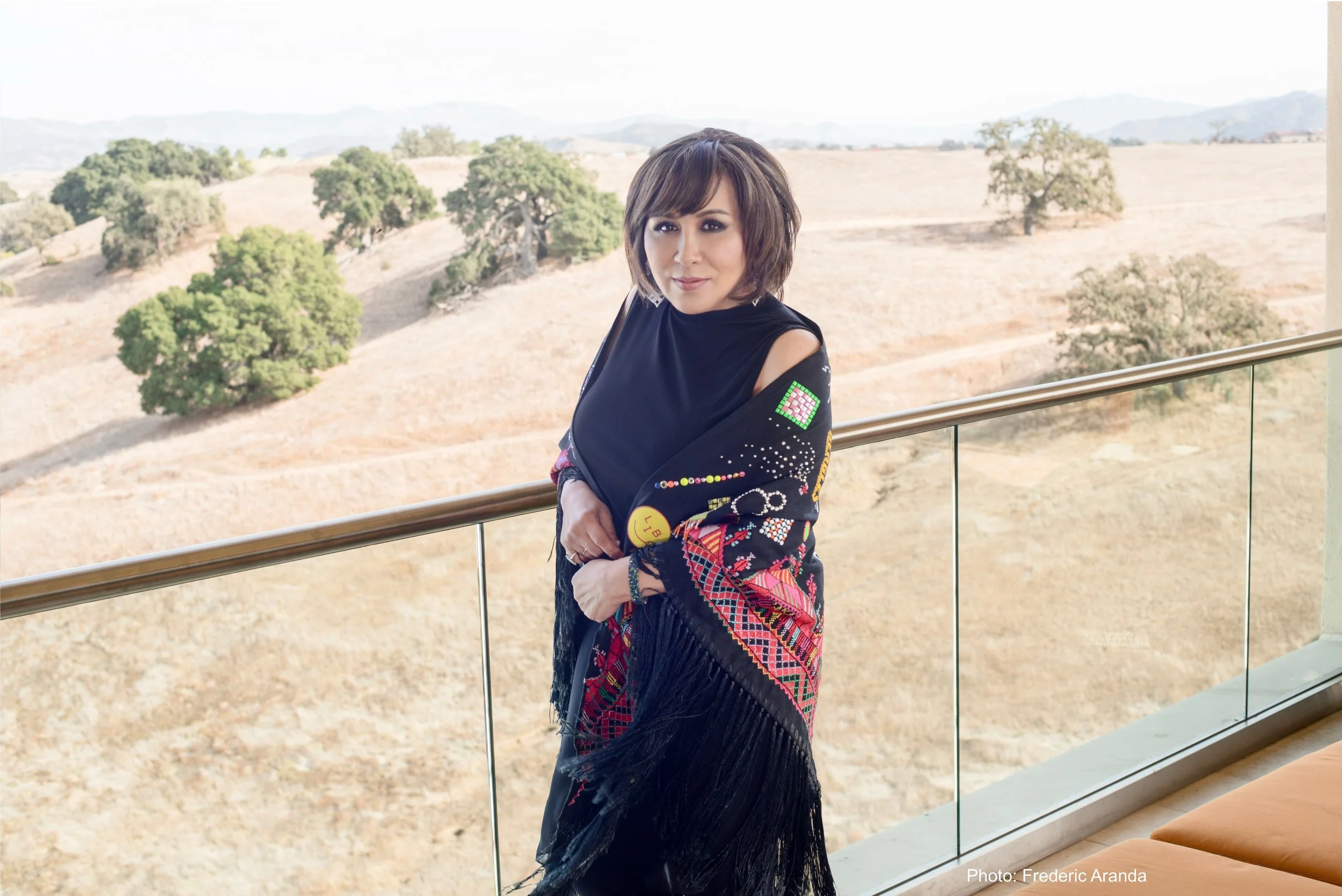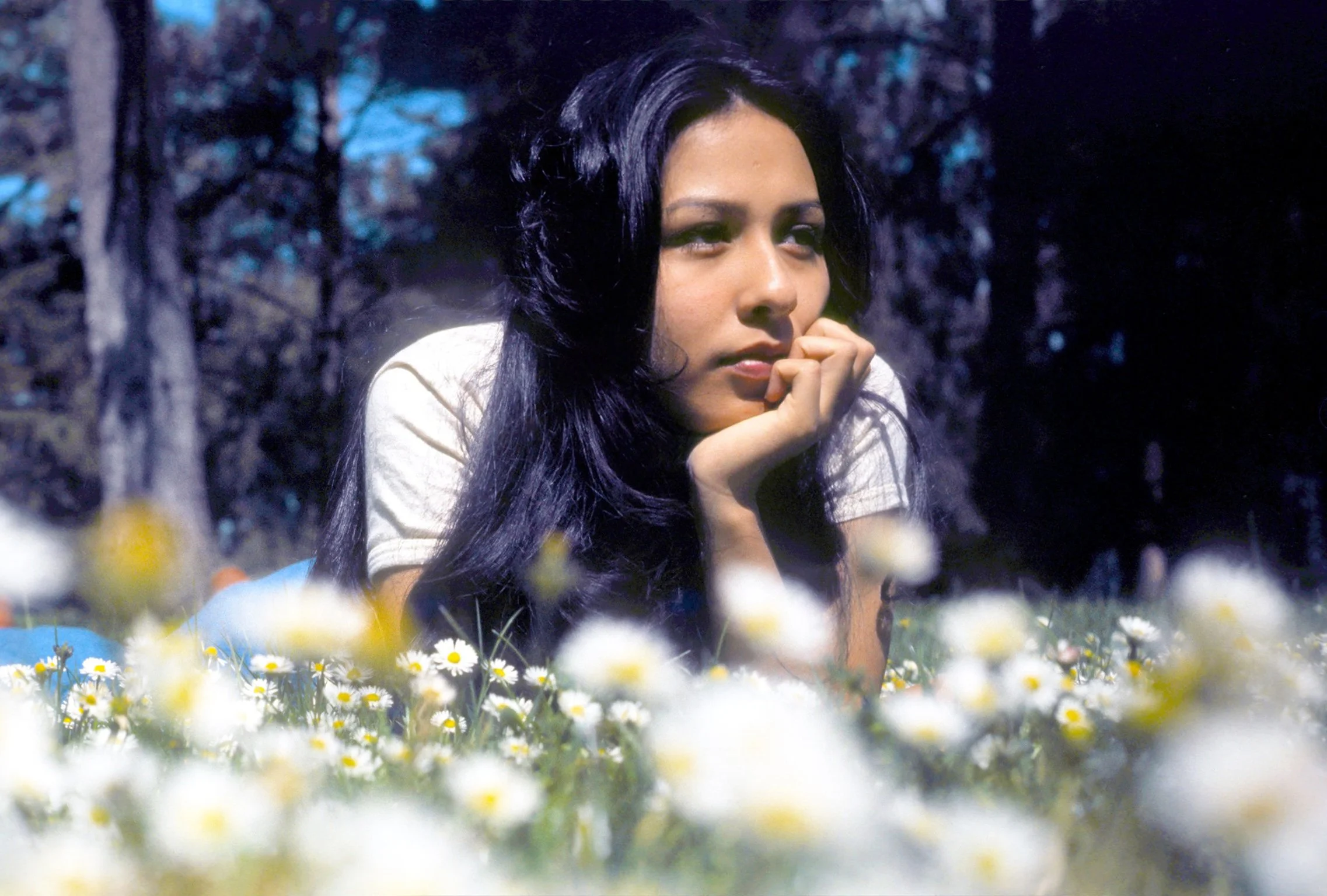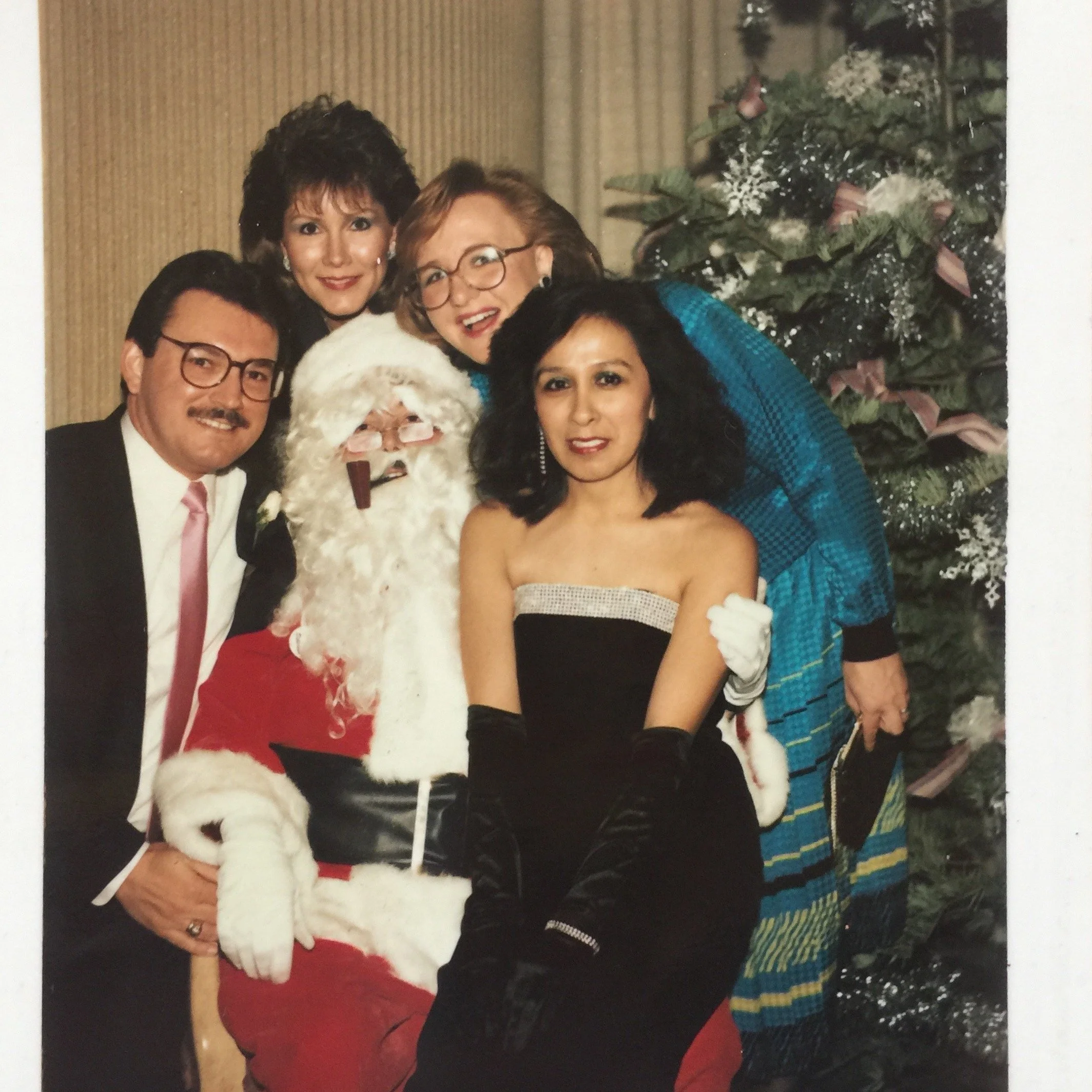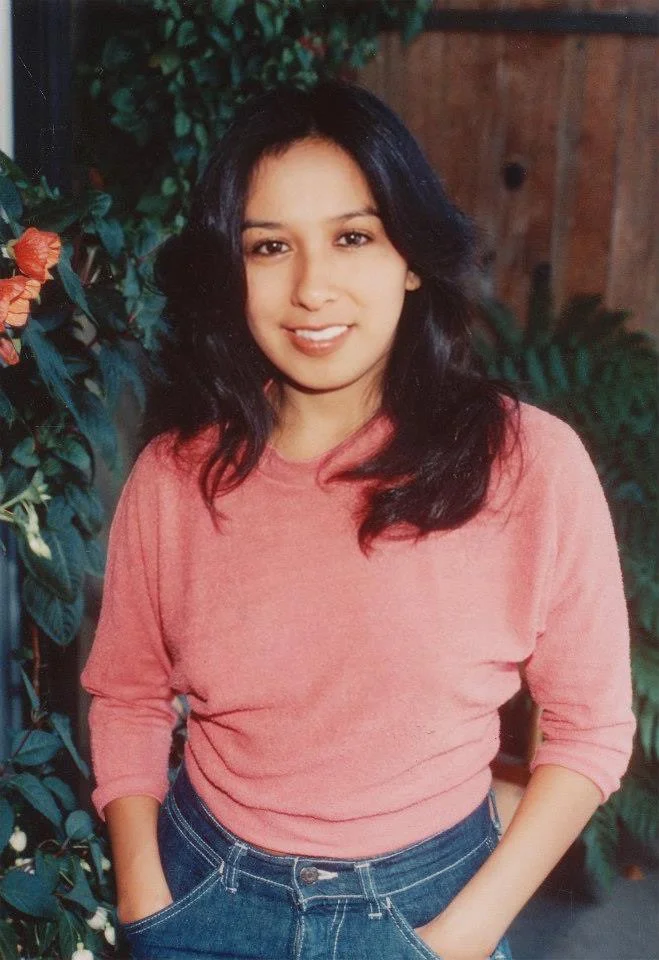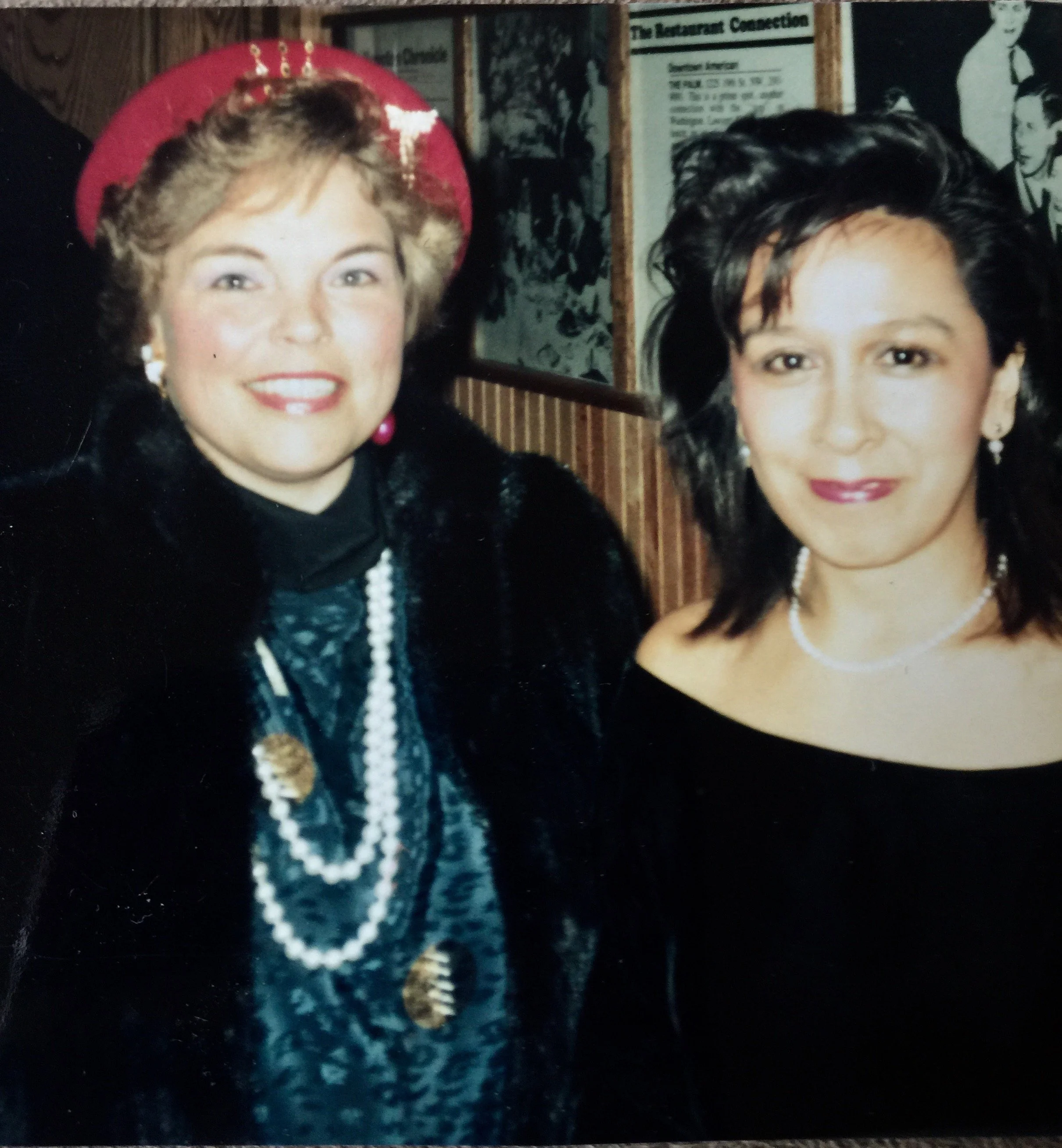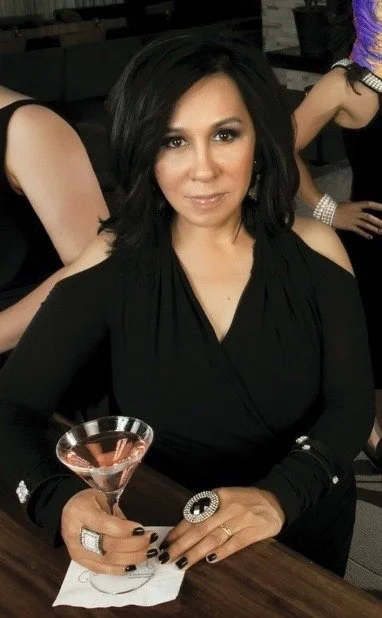ALL IN
A Memoir of Racism, Identity, and Tribal Gaming in America
By Frances Snyder
All In: A Memoir of Racism, Identity, and Tribal Gaming in America details Frances Snyder’s unexpected route from farm girl of color growing up in a mice-infested adobe house to being a shareholder in one of California’s most successful tribal casinos – a dusty road to glamour.
“I slowly walked up to our old adobe house, pausing along the way to kneel down and place my arms in the dirt to compare the color. Whether it was the light grey dirt on the dusty road or the dark brown moist dirt in the freshly plowed and watered fields surrounding our house, my arms didn’t match the dirt. Samantha was wrong. My skin was not the color of dirt.”
“In the small and small-minded community where I grew up, I often had to defend myself and my ethnicities, but the most difficult to defend was definitely the Native American part. I was told I didn’t look Indian. That I didn’t seem Indian. That I didn’t behave like the Indians they saw in movies. I often heard silly comments like, ‘Where are your braids?’ or ‘“I don’t see any feathers in your hair.’”
“I was crouching down in the stationary supply aisle at Thrifty’s Drug Store looking at spiral notebooks on the bottom shelf when I heard a woman’s voice say, ‘Watch that little Mexican girl to make sure she doesn’t steal. You know how those Mexicans are.’
I looked around to see if I could catch the little Mexican girl in the act and soon realized that the sales clerk was talking about me. I was the little Mexican girl she thought was going to steal.
My cheeks turned red and my face felt hot. I was at once angry and ashamed. Angry that the white sales clerk thought I was a thief and ashamed that my brown skin marked me as a criminal, even though I was only seven years old.”
“During my white quest, I discovered that white people had a lot of rules. About everything. Don’t talk on the golf course. Only wear white clothes on the tennis courts. Stack towels up neatly in the bathroom, but don’t use those towels, use the ones in the linen closet. Don’t drink soda from a can. Don’t call it soda, call it a soft drink. Don’t mix silver and gold jewelry. The list of rules was endless.
And, of course, they broke a lot of their own rules. Plenty of white men talk business on the golf course. I’ve seen white girls wear black workout clothes on the tennis courts. Whatever the rule was, it seemed to be ok to break it…but only if you were white.”
“In a world of white people, I would never be able to convince them that I, too, was white. I didn’t talk like them. I didn’t look like them. I didn’t eat like them. But I would still spend decades trying to be like them.
I also spent years learning the white rules, following the rules, breaking the rules and then, decades later, completely abandoning the white rules.”
“In high school I started to get little signs that my quest for whiteness was working. Every now and then classmates started off a sentence with, “Oh, I hate those Mexicans because….” Or “Those Filipino people…” They would pause, look at me and say, “Not you. You’re different.” I cringed a little, but also felt secretly proud that they saw me as one of their own rather than one of those ethnic people.
By the time I went to graduate school, I had nearly perfected my white act. And now I could test it at a place I thought was the ultimate in whiteness: Stanford University.”
“Whenever I entered a meeting, I searched around the room for a face with a little color to make me feel at ease to be in the presence of someone who resembled me. I rarely found a familiar face. I was the only dark spot in a sea of whiteness.
I felt like I was back in my early high school days trying desperately to blend in. Except that this time around, I wasn’t quite so desperate. I had the pedigree of a white person now. A Stanford degree. Plus, I had a Ph.D. in whiteness from my years of researching Things White People Do.
All I had to do was make a few adjustments. Now, instead of being a white girl in the small town of Arroyo Grande, I had to be a young white professional woman in city of San Francisco.”
“In my late 30s, I found myself in ethnic limbo. After decades of playing the white game and finally becoming white – or at least my version of white – it turned out that I was too white for ethnics and not ethnic enough for whites.
I stumbled around in this indeterminate state for years, wondering if I would ever fit into any group. I finally gave up trying to be white, but it felt as if I had entered a halfway house for recovering white-aholics. Would I ever be able to give up pearls? Could I fully embrace Mariachi bands and leave behind my beloved Steely Dan? And what would I do with a closet full of corporate suits and sedate 3-inch pumps?”
“It was clear they liked us better when we were their gardeners, housekeepers, and farm hands. When our tribe became successful with our Chumash Casino Resort, our wealth somehow offended them. Our wealth gave us power that they didn’t feel we deserved.
The fact is, nothing has ever been easy for our tribe. And the community where our reservation is located is very polarized. The small but vocal groups of tribal opponents have battled against us from the time our casino was established in 1994 and protested everything we did. The groups had deep pockets which allowed them to wage wars against our tribe by organizing town hall meetings, hiring high-priced/high-profile attorneys and, at one point, even purchasing their own local newspaper for the specific purpose of blasting the tribe.”

